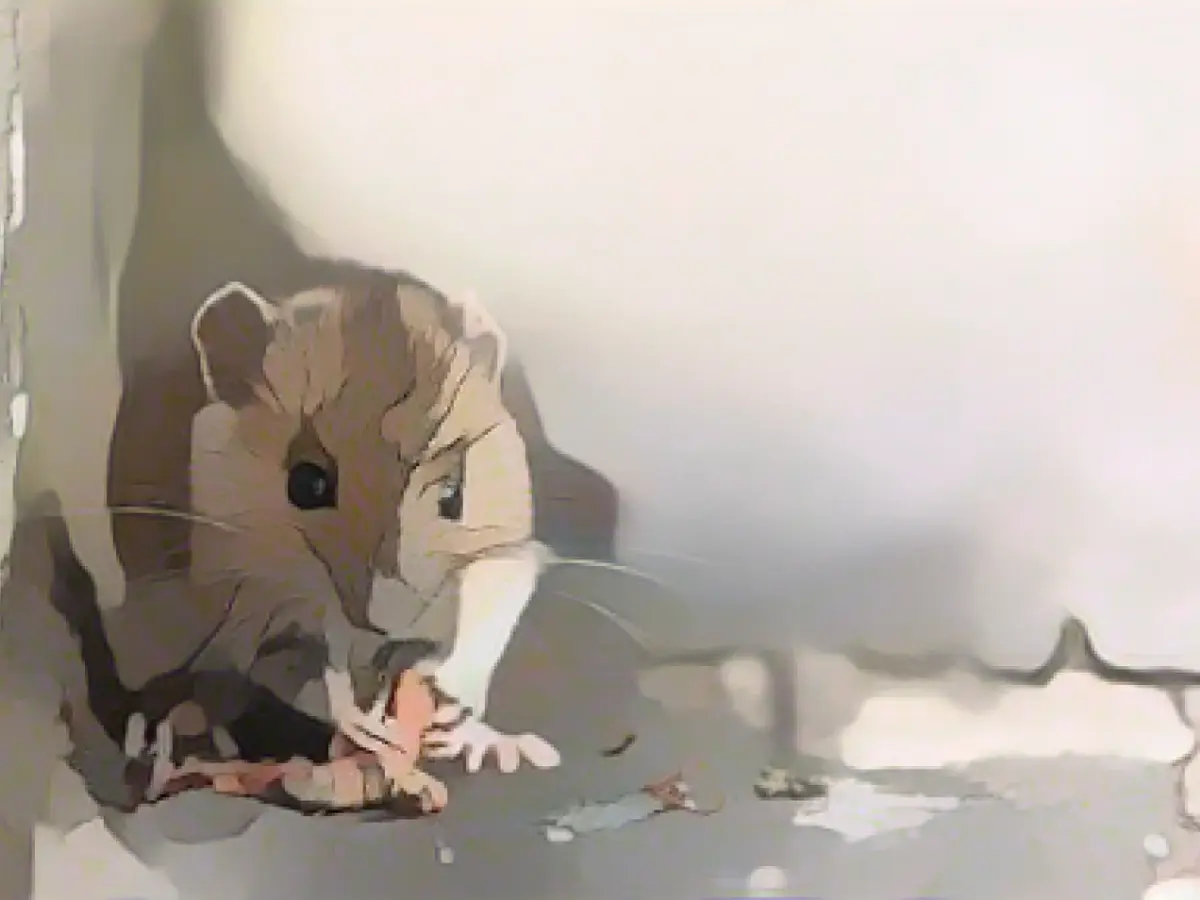In the bustling city of Hamburg, mice have become more prevalent in recent years, sparking a slight uptick in sightings. However, local pest controllers haven't reported an unusual surge in mouse appearances, according to the Institute for Hygiene and Environment. This institute, part of the environmental authority, warns that mice multiply quickly and develop resistance to poisons, making eradication a challenging task, especially in old buildings with hidden nests and streets near restaurants.
While more mice are spotted, the number of hantavirus cases in Hamburg hasn't seen a significant increase. Experts at the Infectious Diseases Epidemiology Center share that such infections are extremely rare in the city, and those reported are often contracted outside it. Despite the three hantavirus incidents reported in Hamburg this year, this is still significantly lower than the one to six cases reported annually in the past.
Reproduction speed and poison resistance aren't the sole challenges in handling mouse population control. The mice also tend to nest in old buildings with porous spaces and enjoy food sources from nearby restaurants. Places like Eppendorf in Hamburg and others, such as St. George and St. Pauli, have high concentrations of such conditions, contributing to the mice's widespread presence.
Research on animal diseases like hantavirus is important for uncovering transmission patterns and developing preventative measures. So, while no substantial correlation between an increase in Hamburg's mouse population and hantavirus cases has been identified, comprehensive insight into both areas is crucial for enhancing public health and hygiene.






